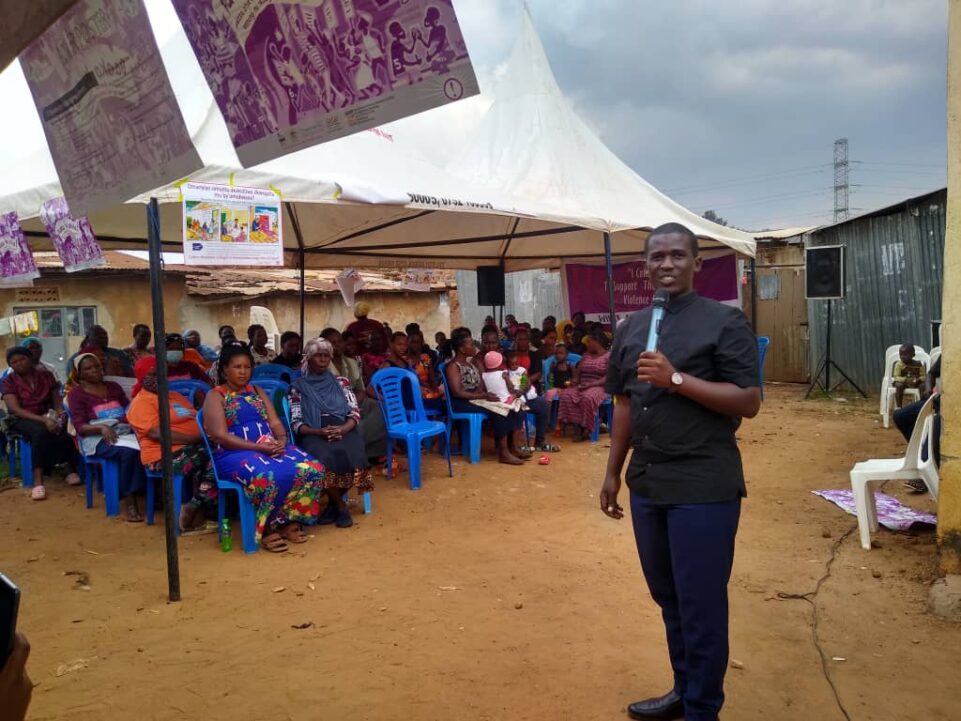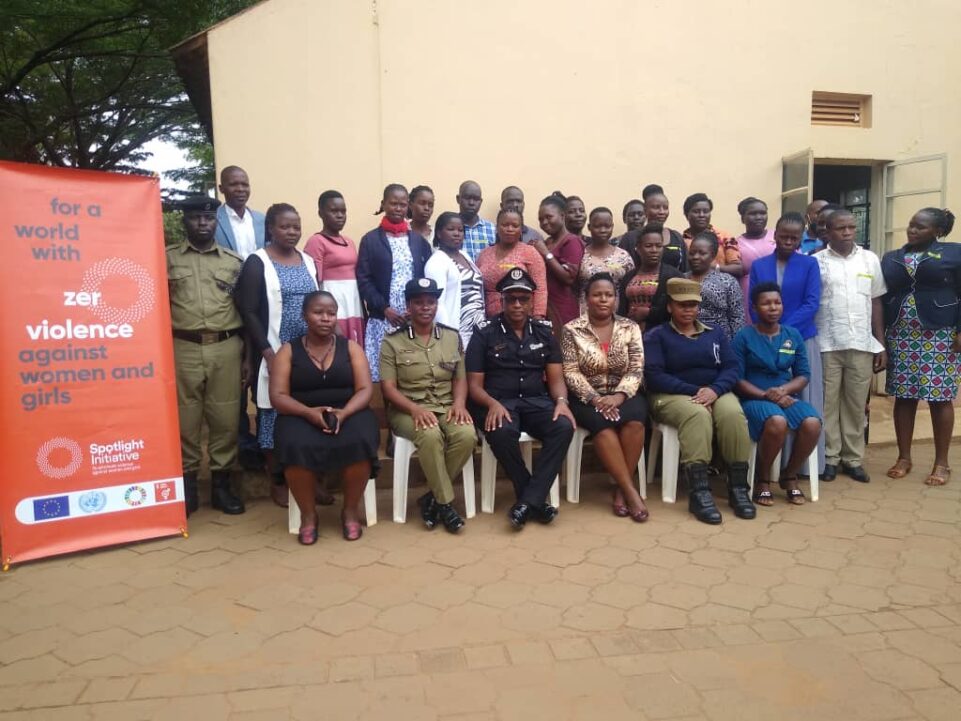The problem:
Nearly one third of women and girls 15 years of age or older have experienced either physical or sexual violence globally, with 13% (10–16%) experiencing violence in any given year (Sardinha et al 2022). This figure, which excludes sexual harassment, female genital mutilation, trafficking of women and cyber-harassment, likely underestimates the extent of the problem since gender-based violence often goes unreported.
The consequences of violence against women and girls are far-reaching, if also difficult to quantify. We do know that violence against women is in the top 3-5 leading causes of death for young women aged between 15 and 29 (Mendoza et al 2018) and directly results in 70,000 deaths a year, that women who experience have higher rates short-term and long-term physical and mental health illness, and that experiencing violence makes women less likely participate in the workforce and in public life.
Globally, the rates of violence against women and girls are both alarmingly high and have slightly increased over the last 30 years, despite gains in other areas of women’s health, such as maternal care (Think Global Health). Further, there are certain countries and regions of the world (e.g. several Asian countries) that have seen significant increases in the rates of violence against women and girls over the last two decades (Borumandnia et al 2020).
Unfortunately, despite the growing health, economic and social consequences, there has been insufficient global attention and funding focused specifically on reducing the burden of violence against women and girls.

The solution:
High-quality studies have identified several specific interventions that are effective at preventing violence. In particular, community-based social empowerment programs that shift gender norms and attitudes have been demonstrated to be very effective from many randomized controlled trials — including Abramsky et al (2014), Dunkle et al (2020), Leight et al (2020), Wagman et al (2015), Ogum Alangea et al (2020), Le Roux et al (2020), and Chatterji et al (2020). These programs can lead to 30-50% reductions in violence in communities, with effects that can persist for many years.
These community mobilization programs involve training community volunteers to become activists who can work with individuals, couples, communities and local governments to drive change in gender norms and attitudes. The programs are supported by evidence-based toolkits, frameworks, and technical assistance. They are also community driven and adapted to each local context.

How CEDOVIP works
CEDOVIP is a locally-led Ugandan based charity that aims to reduce violence throughout Uganda. Their community mobilization program SASA! has been especially effective. CEDOVIP, which predominantly operates in Kampala and Northern Uganda, aims to scale throughout the entire country. SASA! and its implementation by CEDOVIP have been validated through internal evaluations and several randomized controlled trials. In conjunction with implementing SASA!, CEDOVIP is involved in advocacy for law reform and implementation to strengthen policy and prevention efforts for VAWG, including both implementation of current laws and new policies. So far, CEDOVIP has supported nearly 200,000 women and trained nearly 200 groups in the SASA! program.
